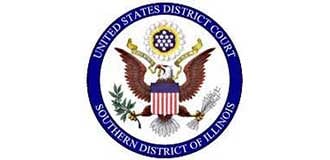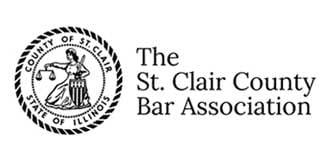In recent years, lawmakers and auto safety experts have worked to increase awareness about the dangers posed by distracted driving. Indeed, distracted driving is currently one of the leading causes of car accidents across the U.S. Not too long ago, however, driving under the influence of alcohol was recognized by many to be the biggest threat on our nation’s highways. Public education efforts, combined with a push for a nationwide .08 blood alcohol concentration limit, played a significant role in lowering the number of drunk driving related accidents in the U.S. Some are suggesting, however, that the numbers are not low enough and that states should lower the BAC limit even further to .05.
Since 2008, University of Iowa researcher Timothy Brown has been working to establish how being under the influence of alcohol affects a person’s ability to drive a car. As part of his work with the National Advanced Driving Simulator, volunteers consume alcohol before getting behind the wheel of a state of the art driving simulator. Later this year, he plans to release a report outlining his findings.
Brown’s research comes at a particularly important time. Earlier this year, the National Transportation Safety Board released an official recommendation that states lower their BAC limits to .05. According to NTSB estimates, the move could save approximately 500 to 800 lives each year.
The NTSB recommendation proved controversial, however. Mothers Against Drunk Driving, for example, declined to support the BAC decrease. Instead, MADD plans on focusing on convincing lawmakers to pass stricter ignition interlock laws, which the group sees as a more effective tool in preventing car accidents. Although MADD says that getting behind the wheel of a car after even one drink is dangerous, it appears that the fight to lower the legal limit is likely going to be difficult.
Many experts believe that Brown’s research will provide important insight into whether the time and expense of changing drunk driving laws will be worth it. Some safety groups are concerned about attempting to draw a line when so little reliable data is available. In fact, groups such as the Insurance Institute for Highway Safety have said that a .05 limit would be difficult, if not impossible, for police to enforce.
For his part, Brown has declined to provide any hunches about what his research is likely to show. It may settle the question for good, or could add more fuel to the fire.
















